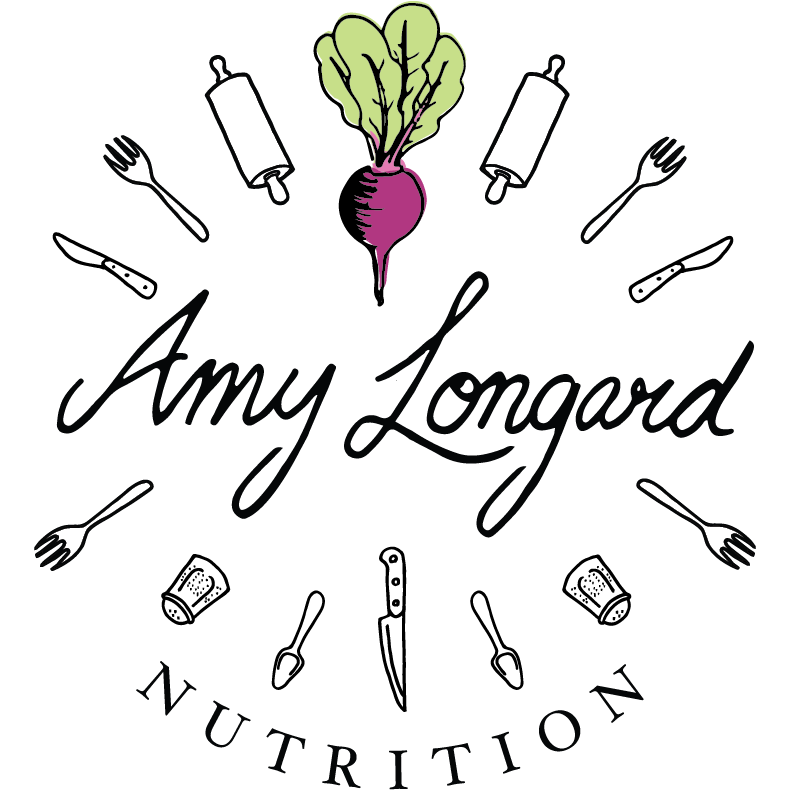Five Powerhouse Plant-Based Foods You Should Be Eating
As you may already know, I'm a huge proponent of plant-based foods. Plants offer a wide variety of vitamins, minerals, macronutrients and phytochemicals, all of which support a multitude functions within the body. So eat plants, and eat lots of 'em. Your body will thank you! The list below includes my top five foods (or groups of foods) and I truly make an effort to consume all of them regularly. Not always every day, but it would be rare for a week to pass without these foods turning up in my meal planning. I hope you’ll be inspired and add these items to your next grocery list.
HEMP HEARTS. These are, pardon the pun, very dear to my heart. I really do love them! A true Canadian super food, hemp hearts are grown and cultivated in Canada. They are an excellent source of protein containing all 9 essential amino acids and essential fatty acids (omega-3 and -6). Fun fact: the varieties of hemp that are grown for food purposes naturally help to suppress weeds, meaning that no pesticides or herbicides are required to grow hemp successfully. How to use them? I like to sprinkle hemp on my morning oats, on top of avocado toast and soups. I add them to smoothies and add into salads, including my Superfood Kale Salad.
PULSES. So technically pulses would be considered a grouping of foods but I just love them so much that I had to include the whole family. The term pulses refers to a category of dried edible seeds under the legume umbrella and includes chickpeas, split peas, lentils and beans. Pulses are very high in protein and fibre, and are low in fat. Pulses provide substantial amounts of vitamins and minerals including iron, magnesium and zinc and are abundant in B vitamins. A great way to start playing around with pulses is to use them in my Middle Eastern Lentils & Rice with Caramelized Onions, Butternut Squash & Red Lentil Soup or Beet Hummus.
LEAFY GREENS. I’m the queen of leafy greens. They are my life blood. When I first realized I was allergic to cow’s milk and stopped eating all dairy products, I was surprised to learn that leafy greens — like kale, spinach, and collards greens — are a great source of calcium. Who woulda thought? If you are new to eating leafy greens, I recommend trying out different varieties and cooking methods. For example, some people prefer baby kale over full grown kale which tends to be very fibrous and bitter. Also, cooking leafy greens can soften them up nicely and make them more palatable, especially if you’re not used to eating bitter foods. To get you started, I recommend trying out my Sautéed Garlicky Greens recipe.
SEAWEED. Now, I realize seaweed is not for everyone. However, if prepared properly even biggest seaweed skeptic may grow to love 'weed! Trust me, I’ve been successful in turning seaweed haters into seaweed super fans with my recipes. What I love about seaweed is that it's a very sustainable crop. Think about it, seaweed doesn't requires land, water or fertilizers to grow. On top of that, seaweed is a very, very nutritious food. Seaweeds are rich in iron, vitamin C, and iodine and are also an excellent source of dietary fibre. My personal favourite variety of seaweed is dulse, but I’m also a huge fan of kelp, nori (aka. sushi seaweed) and hana tsunomata. If you want to dive deeper into seaweed I’ve written a more detailed blog post on the topic. As for recipes, I recommend my Dulse, Sunflower Seed & Walnut Pâte.
FLAX SEEDS. Grown here in Canada, flax seeds are an amazing source of fibre and anti-inflammatory omega 3's. They are great for weight management, heart health, reducing inflammation, and much more! To take advantage of the anti-inflammatory benefits, you'll want to consume ground flax seeds. You can buy the flax seeds ground or whole. If you buy them whole you can grind them yourself in a high-powered blender or spice grinder. Add ground flax to your morning oats, in smoothies, or as a topper for my Buddha Bowls. If you've never had flax before, you should start with small amounts (about a teaspoon). Because of its high fibre content, a little flax goes a long way! 💩 Quick storage tip for you: I recommend storing both whole and ground flax in your fridge or freezer to maintain freshness and the integrity of the omega 3 fatty acids.
If you enjoyed the information I shared above be sure to check out my Plant-Based Breakthrough Program, which is a 4 week online course focussed on health, nutrition, meal planning, and cooking. For details on when the next program starts click here. You can also join my Plant-Based Breakthrough Community on Facebook where I share recipes, inspiration, and information on plant-based nutrition.
